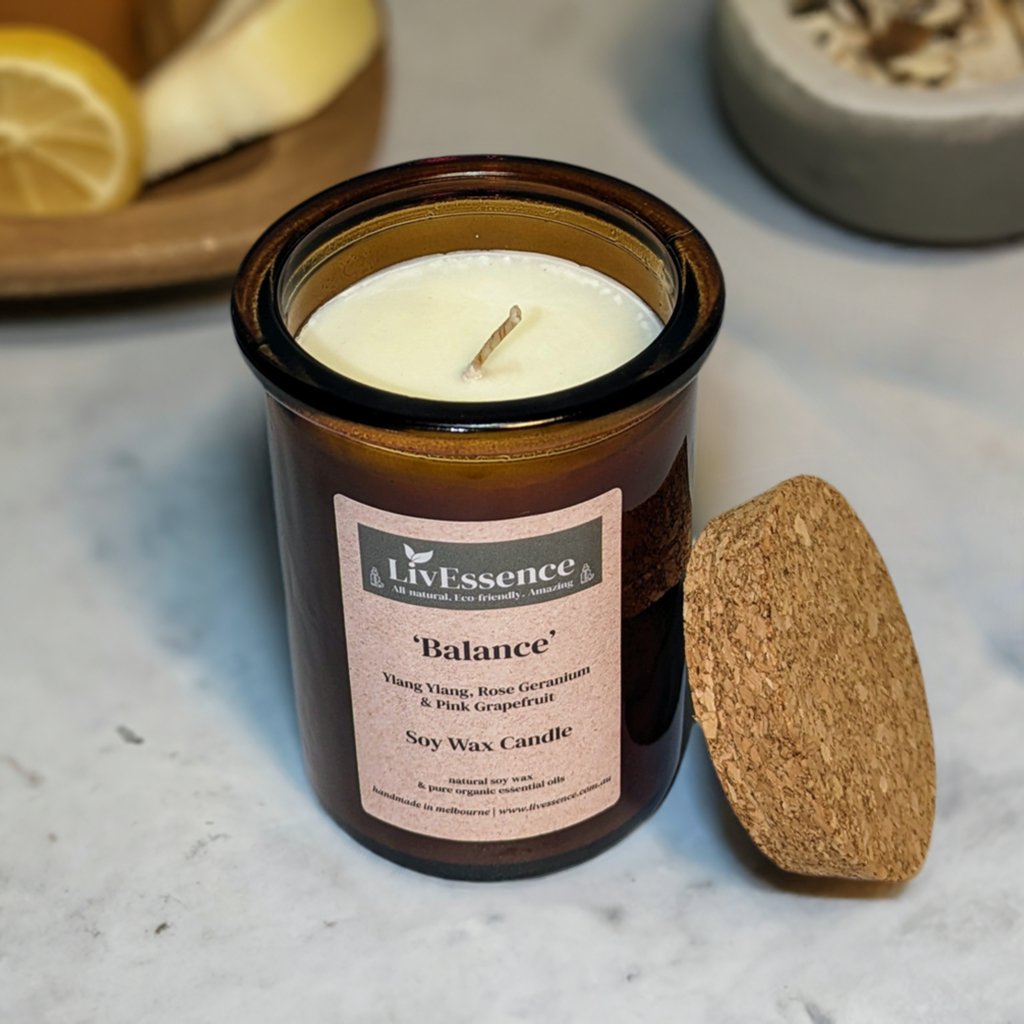Infuse Your Home with the Scent of Crystal Soy Candles and Home Fragrance
Wiki Article
From Wick to Wax: Comprehending the Chemistry Behind Soy Wax Candles and Their Ecological Influence
As we brighten our rooms with the warm radiance of candle lights, there lies a world of elaborate chemistry behind the relatively simple act of lighting a soy wax candle. Join us as we untangle the scientific intricacies behind soy wax candle lights and discover their ramifications on our environment.Soy Wax Vs. Paraffin Wax
When comparing soy wax and paraffin wax for candle light making, it is vital to comprehend the unique features and benefits of each material. Soy wax is an all-natural, renewable energy stemmed from soybean oil, making it naturally degradable and environmentally friendly - candles. In contrast, paraffin wax is a result of petroleum refining, which elevates concerns regarding its ecological impact and sustainabilitySoy wax candle lights burn cleaner and release less soot compared to paraffin wax candles, making them a healthier choice for interior air top quality. Additionally, soy wax has a reduced melting factor, enabling a longer-lasting candle light that spreads fragrance a lot more effectively. Paraffin wax, on the other hand, has a tendency to melt faster and much less cleanly, possibly releasing dangerous chemicals right into the air.
From a sustainability point of view, soy wax is preferred for its biodegradability and sustainable sourcing, straightening with the growing consumer preference for eco aware products. While paraffin wax has actually been a typical option in candle making as a result of its cost and ease of usage, the shift in the direction of green options like soy wax is acquiring energy in the market.
Chemical Structure of Soy Wax

Combustion Refine in Soy Candles
The chemical composition of soy wax straight influences the burning process in soy candle lights, impacting aspects such as burn time, scent launch, and ecological influence. When a soy candle is lit, the warm from the flame thaws the wax near the wick.
The combustion efficiency of soy candle lights is affected by the pureness of the soy wax and the quality of the wick. Furthermore, soy wax candles have a lower environmental impact compared to paraffin candle lights due to their biodegradable and eco-friendly nature.

Environmental Advantages of Soy Wax

Considered a lasting option to standard paraffin wax, soy wax supplies noteworthy ecological benefits that make it a preferred option amongst eco-conscious consumers. Soy wax burns cleaner and creates less soot than paraffin wax, contributing to better indoor air top quality and decreasing the demand for cleaning and maintenance. Overall, the environmental benefits of soy wax line up with the expanding need for green and sustainable products in the market.
Recycling and Disposal Factors To Consider
Reusing and proper disposal of soy wax candle lights play a critical function in maintaining environmental sustainability and minimizing waste in areas and families. When it soy candles comes to recycling soy wax candle lights, the initial step is to make sure that the candle light has shed completely. This can be accomplished by allowing the candle light to melt up until the wick is no more functional, and then letting the remaining wax cool and solidify. When the wax has solidified, it can be thoroughly gotten rid of from the container.
In regards to disposal, if recycling is not an alternative, soy wax candle lights are eco-friendly and can be safely thrown away in a lot of household waste systems. It is constantly advised to check with regional recycling facilities or waste monitoring solutions for particular standards on candle disposal to make sure proper handling and ecological defense.
Conclusion
To conclude, the chemistry behind soy wax candle lights reveals their ecological benefits over paraffin wax candle lights. Soy wax, originated from soybean oil, burns cleaner and produces less soot when contrasted to paraffin wax. The burning process in soy candle lights is extra reliable, leading to a much longer and a lot more even shed. Furthermore, soy wax is sustainable and eco-friendly, making it an extra sustainable selection for candle light manufacturing. Reusing and appropriate disposal of soy wax candles further add to their ecological impact.When contrasting soy wax and paraffin wax for candle production, it is essential to recognize the unique qualities and advantages of each material (candles).Soy wax candle lights shed cleaner and produce less soot compared to paraffin wax candles, making them a much healthier option for interior air top quality.Taken into consideration a sustainable alternative to conventional paraffin wax, soy wax supplies notable environmental benefits that make it a popular option amongst eco-conscious customers. Soy wax burns cleaner and generates much less residue than paraffin wax, contributing to far better interior air top quality and reducing the need for cleaning and upkeep.In verdict, the chemistry behind soy wax candle lights discloses their ecological benefits over paraffin wax candles
Report this wiki page